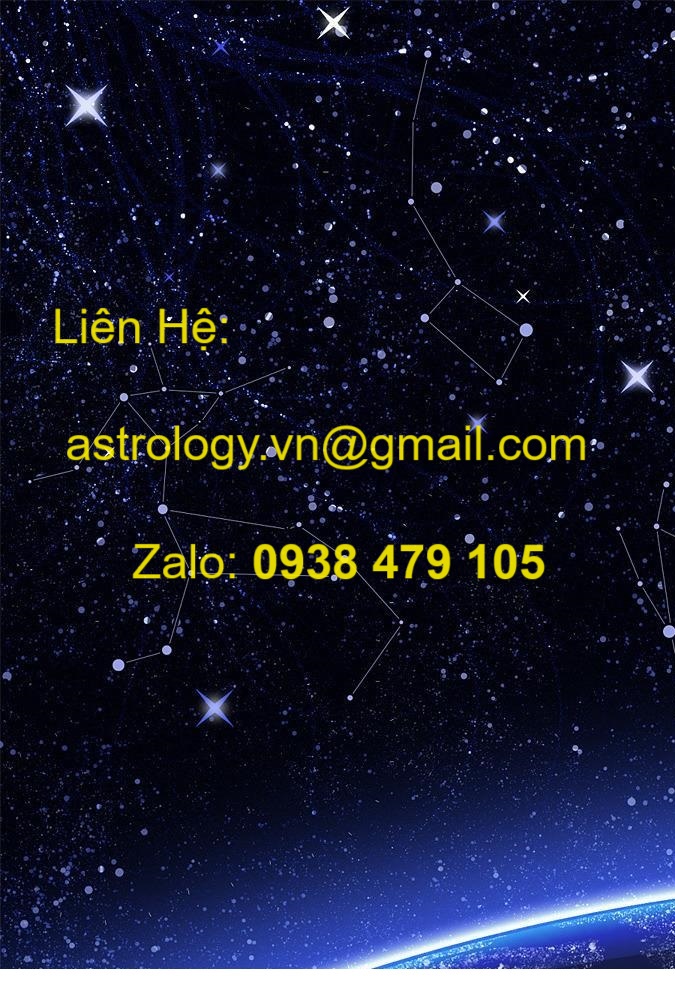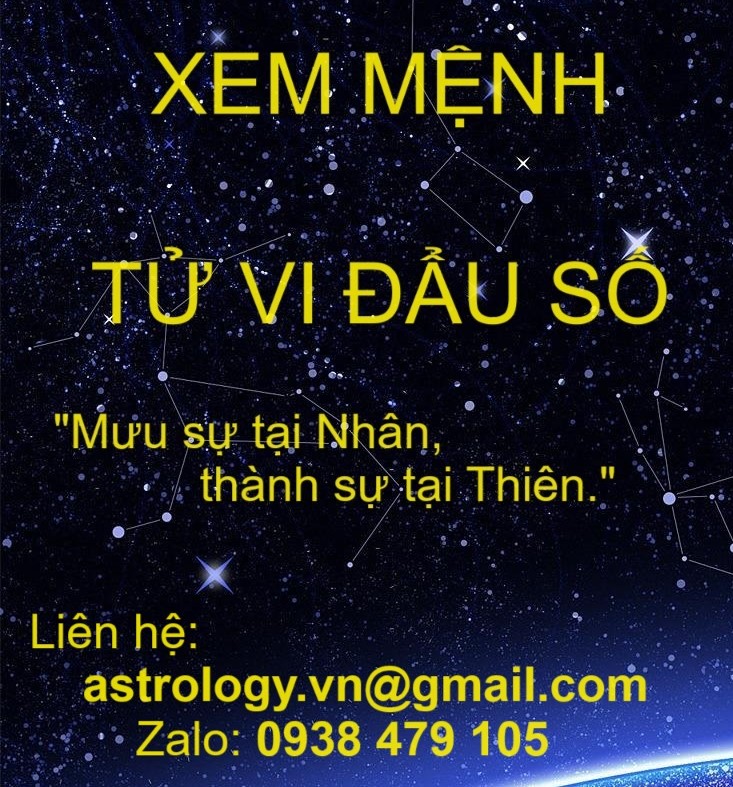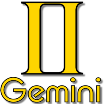Astrology.vn - The nearest planet to the Earth, and frequently visible, it may be recognized through the distinct reddish hue of its ray. Mars was known as Ares, the god of war; and as Nimrod, the god of the chase, whose mission it was apparently to dispel terror and fear. To the Greeks, it was Pyrois, the fire.
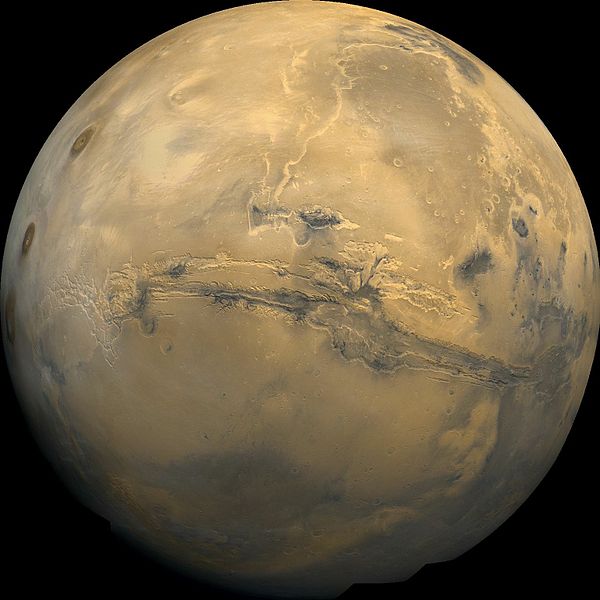
The Romans celebrated the festival of Mars in March, before an altar in the Campus Martius. From it comes our word martial, war like - as martial music. To the Chaldeans it was Nergal, called the "raging king" and the "furious one"; to the Babylonians, the god of war and pestilence, said to preside over the nether-world. For the Alchemists, it represented Iron. Mars has two satelites: Deimos, 6 miles in diameter, distant from Mars by 6.9 radii; and Phoetus, with a revolutionary period of 7h 39M. Deimos has a sidereal period of 30h 18m. Phoetus makes 1330 eclipses a year.
Solar System Bodies: Asteroids
An orbit, approximately midway between those of Mars and Jupiter, occupied by a large number of planetoids or minor planets: variously explained as fragments of a major planet broken up in some prehistoric catastrophe; or particles drawn out of the Sun which failed to coalesce into a single planet. In all there are estimated to be some 50,000 of these Asteroids, of which 1380 had been identified in 1937. As many as 5000 are estimated to have been seen, and again lost. Many of them are more readily visible than Pluto, and may have some astrological significance not as yet identified. Their average diameter is less than 100 miles.
The Astronomischer Rechen-Institut at Dahlem, near Berlin, was world headquarters for Asteroid research, and up to World War 11 published a yearly ephemeris of the larger Asteroids for the periods when they are best observed.
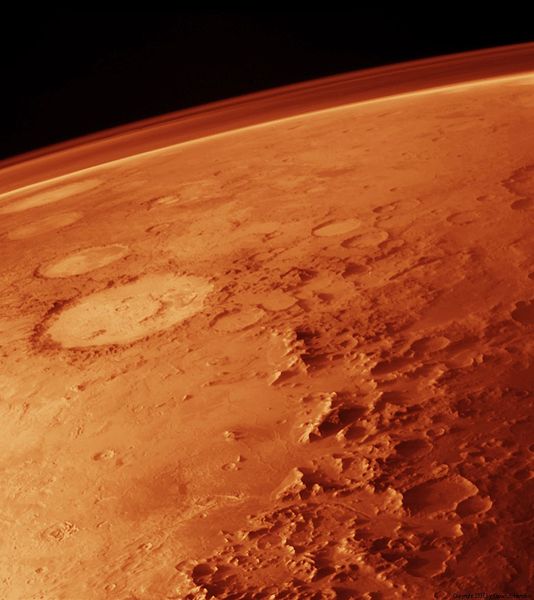
Statistics of the five principal Asteroids are as follows:
............Diameter..................Albedo
...Name......(miles)...Magnitude...(rel. to Sun)...Discovered
...Ceres.......480........7.4..........0.06...........1801
...Pallas......304........8.0..........0.07...........1802
...Juno........120........8.7..........0.12...........1804
...Vesta.......240........6.5..........0.26...........1807
...Astraea................9.9.........................1845
The next five, in the order of their discovery, are Hebe (1847), Iris (1847), Flora (1847), Metis (1848), Hygeia (1849).
The orbit of 944 Hidalgo has an eccentricity of 0.65 - more elongated than some comets. At its aphelion distance (9.6 units) it extends into Saturn's orbit.
That of 1177 Gounessia, has an eccentricity of 0.006399, more circular than that of Venus, the most circular among the major planets.
That of 846 Lipperta, is almost parallel with that of the Earth, with an inclination of 0°.244 - more nearly parallel than that of Uranus 0°.77.
That of 2 Pallas has an inclination of 34°.726 - double that of Pluto's 17°.1.
Three Asteroids come closer to the Earth than do any of the major planets. They are Amor, Apollo, and Adonis.
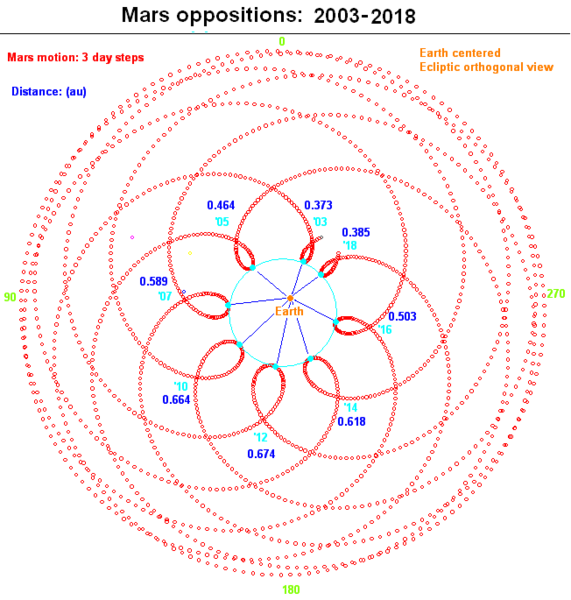
1936 CA or Adonis was discovered in 1936 by Delporte in Belgium. Its orbit has an eccentricity of 0.78, an inclination to the Ecliptic of 1°.48, and a major axis of 1.969 units. On February 7, 1936, it approached to within 1,200,000 miles of the Earth, in the sign Leo. It had reached perihelion in December 1935, at a point slightly outside Mercury's orbit, at a distance of less than half an astrom. unit. Its diameter is less than ½ mile. At aphelion it will go almost to the Jupiter orbit. Its period is about 2 years.
Another asteroid was discovered in 1940 that had approached to within 110,000 miles beyond the Moon's orbit.
Chiêm Tinh Học – ASTROLOGY.vn - About us
This email address is being protected from spambots. You need JavaScript enabled to view it.
Bài liên quan: Solar System >> Solar Astrology >> Solar System Bodies: Sun >> Solar System Bodies: Earth - Moon >> Solar System Bodies: Mercury - Venus >> Solar System Bodies: Mars >> Solar System Bodies: Jupiter >> Solar System Bodies: Saturn >> Solar System Bodies: Uranus >> Solar System Bodies: Neptune & Pluto




